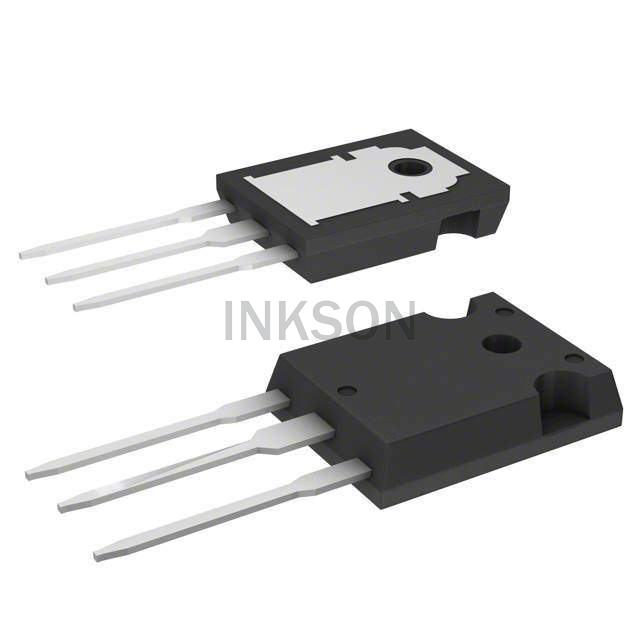The TIP3055 is a power transistor commonly used for high-power amplification and switching applications. It does not have built-in variable voltage or current limit features. However, if you are referring to adjusting the voltage or current limits in a circuit that incorporates the TIP3055, here are some general guidelines:
Adjusting Variable Voltage Limit: To adjust the variable voltage limit in a circuit using the TIP3055, you would typically need to modify the voltage regulator or power supply circuitry. The specific method depends on the design of your circuit. Here are some general steps:
-
Identify the voltage regulation section: Locate the part of the circuit responsible for regulating the output voltage. This may involve voltage regulators, resistors, capacitors, or other components.
-
Adjust reference voltage: Determine how the voltage is regulated. If the circuit uses a voltage regulator IC, it might have a feedback pin or resistor divider network that sets the desired output voltage. Modify the feedback mechanism to adjust the voltage limit.
-
Use a potentiometer: In some cases, you can introduce a potentiometer in the feedback path of the voltage regulator to obtain a variable voltage output. By adjusting the potentiometer, you can vary the output voltage.
.jpg)
Always refer to the datasheets and application notes of the voltage regulator or power supply IC being used in your circuit for specific guidance on adjusting the voltage limits.
Adjusting Variable Current Limit: The TIP3055 is not equipped with a built-in current limit feature. However, you can use external components to implement a current limit in a circuit that incorporates the TIP3055. Here's a general procedure:
.jpg)
-
Current sensing resistor: Introduce a current sensing resistor in series with the load or in the emitter path of the TIP3055. This resistor generates a voltage drop proportional to the current flowing through it.
-
Current limit circuit: Design a current limit circuit using operational amplifiers (op-amps) or dedicated current limit ICs. This circuit compares the voltage drop across the current sensing resistor to a reference voltage and adjusts the transistor bias or control signals accordingly.
-
Adjust the reference voltage: Set the desired current limit by adjusting the reference voltage in the current limit circuit. This can be done using potentiometers or digital control circuits.
Keep in mind that designing a robust and accurate current limit circuit requires thorough analysis and consideration of various parameters, including power dissipation, thermal management, and load characteristics. It is advisable to consult relevant application notes, design guides, and reference materials specific to current limiting circuits.

.jpg)


.png)